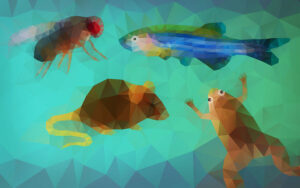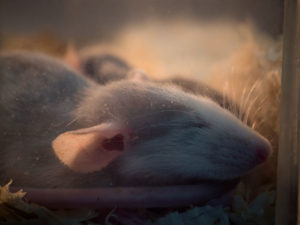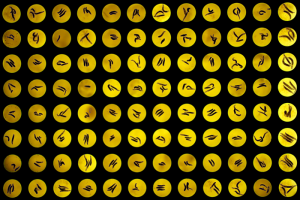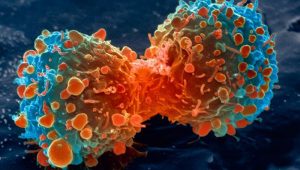Enter your address to receive notifications about new posts to your email.
Articles tagged Model Organisms
(74 results)
-
Science & Publishing
Gary Churchill joins G3 as new Senior Editor
A new senior editor is joining G3: Genes|Genomes|Genetics. We’re excited to welcome Gary Churchill to the editorial team.
-
Science & Publishing
New associate editor, Beatriz Vicoso, joins GENETICS
A new associate editor is joining GENETICS in the Empirical Population and Evolutionary Genetics section. We’re excited to welcome Beatriz Vicoso to the editorial team.
-
Introducing SNPets
GSA’s new audio interview series is designed to help you discover and share interesting perspectives from the genetics community—even when you only have five minutes to spare. The excitement of science is meant to be shared. What if you could hear scientists share—in their own words—the value of their work using yeast, flies, worms, and other…
-
Advancing both basic science and medicine by studying human disease genes in model organisms
GSA President Hugo Bellen announces a new seminar series on tools and resources for exploring gene function across organisms. Some of us are worried about the future of the research enterprise, especially funding support for science in our favorite model organism. Why worry? One of the main drivers of this concern is that some believe…
-
Sleep control gene conserved across millions of years of evolution
AP-2 transcription factors, which control sleep in flies and worms, are confirmed to do the same in mammals.
-
Extra copies of the genome can be a bonus
Written by members of the GSA Early Career Scientist Communication and Outreach Subcommittee: Carla Bautista Rodriguez, Université Laval; Zach Grochau-Wright, University of Arizona; Angel F. Cisneros Caballero, Université Laval Disrupting the complex and delicate balance of a genome can have devastating consequences. In humans, for example, extra copies of individual chromosomes can result in diseases,…
-
Nested CRISPR for cloning-free fluorescent tags
A better way to make endogenous reporters in C. elegans CRISPR systems for gene editing have revolutionized biological research, but the method still has limitations. While it is usually straightforward to delete parts of the genome using CRISPR, large insertions can be a challenge. This has been the case even for the nematode Caenorhabditis elegans,…
-
Using fruit flies to find rare disease treatments
An automated drug screening approach gives insight into rare NGLY1 deficiency. Sometimes, diagnosing and treating an illness is straightforward. Other times, the diagnosis is challenging while the treatment is simple—or vice versa. In the case of a rare disease like NGLY1 Deficiency, both diagnosis and treatment can feel unreachable. The complex challenges of rare diseases…
-
Building the basement
A suppressor screen in C. elegans uncovers previously unknown flexibility in the genetics underlying extracellular membranes. In nearly all animal tissues, thin barriers called basement membranes anchor outward-facing layers of cells—the linings of lungs, the top layers of skin, the insides of blood vessels—to the connective tissues that support them. Mutations disrupting any major basement…
-
How similar are fruit fly and human cancers?
New evidence for genome instability in fly tumors suggests key similarities—and differences—from human disease processes. Human cancers display a variety of abnormal genomic features, including increased numbers of single nucleotide variants (SNVs) and copy number variants (CNVs). However, a 2014 study on a fruit fly tumor detected no elevation of SNVs or CNVs compared to non-tumor…
-
ModERN treasure: hundreds of worm and fly transcription factor binding profiles cataloged
Offshoot of the modENCODE project provides crucial data and strains for understanding gene regulation. Following a multidisciplinary effort spanning six institutions, researchers working on the modERN (model organism Encyclopedia of Regulatory Networks) project have released a powerful resource for biologists studying the fruit fly Drosophila melanogaster and the nematode worm Caenorhabditis elegans. So far, report Kudron,…











